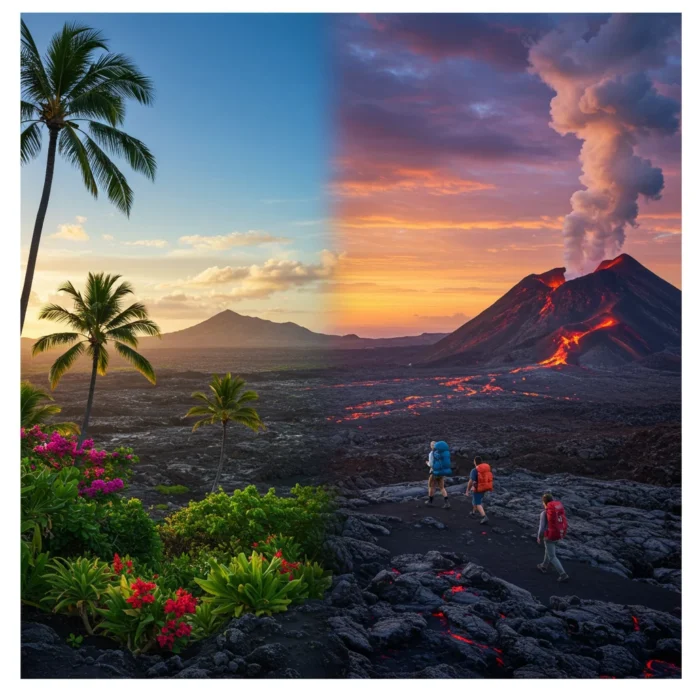Why Should You Visit Hawaii Volcanoes National Park from Oahu?
Traveling from Oahu to Hawaii Volcanoes National Park on the Big Island offers an entirely different side of the Hawaiian archipelago. While Oahu is known for its bustling city life and iconic beaches, the Big Island is home to some of the world’s most active volcanoes and dramatic landscapes. Experiencing the power of earth’s creation firsthand leaves a lasting impression, as you feel the heat, see the steam, and witness land in the making.

For many, this journey brings a sense of awe and a deeper appreciation for Hawaii’s unique geology and cultural heritage. The volcanic terrain, lush rainforests, and rare wildlife all combine to create an adventure that stands apart from anything you’ll find on Oahu.
What Makes Hawaii Volcanoes National Park Unique?
Hawaii Volcanoes National Park is not just another national park; it is a living laboratory where you can observe geological processes in real time. The park is home to both Kīlauea and Mauna Loa—two of the world’s most active volcanoes. This gives visitors a rare chance to witness ongoing eruptions, glowing lava flows, and constantly changing landscapes.
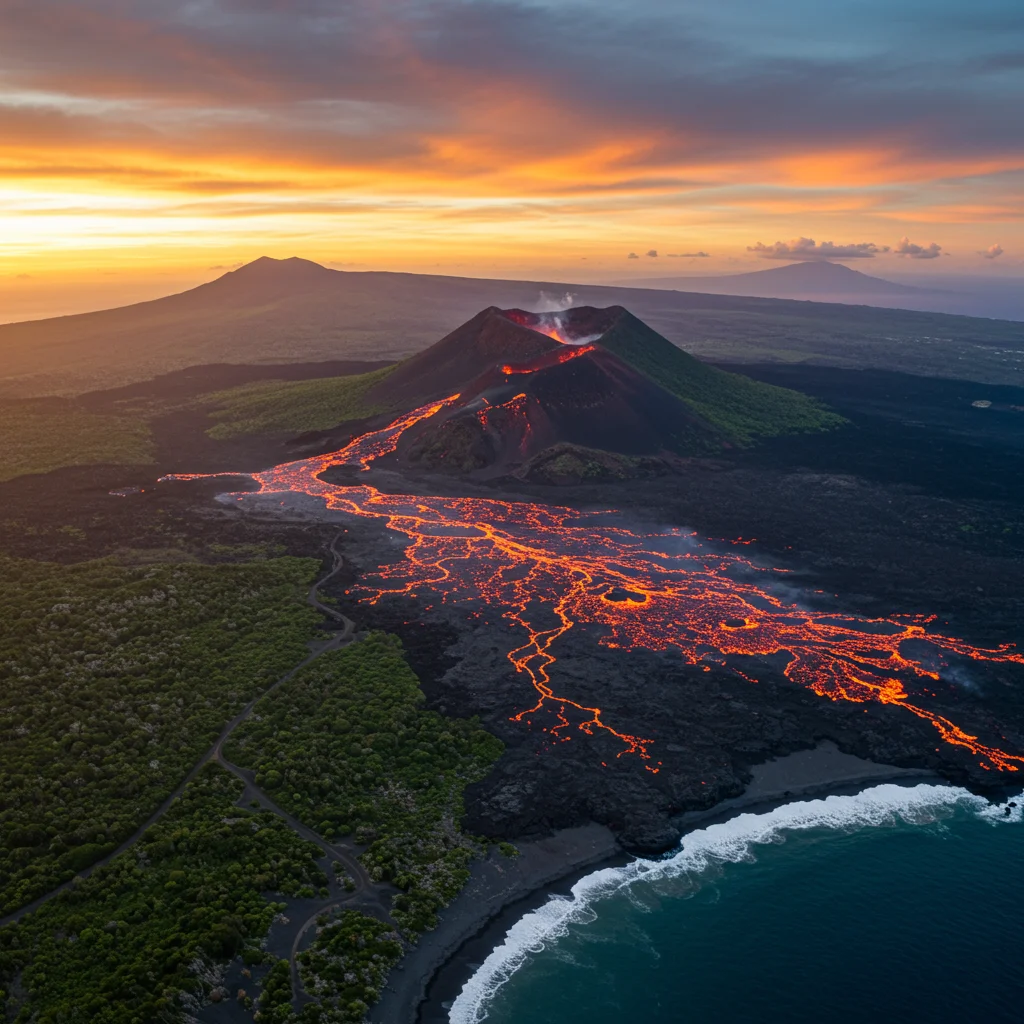
Beyond its geological wonders, the park is steeped in Hawaiian culture and legend. Ancient stories, sacred sites, and local traditions are deeply intertwined with the land, offering a rich narrative for every trail and overlook. It’s a destination that ignites curiosity and stirs the senses, from the scent of sulfur to the rumble beneath your feet.
What Volcanic Wonders Await on the Big Island?
The Big Island is a mosaic of natural marvels: active volcanic craters, sprawling lava fields, lush rainforests, and black sand beaches. Within the national park, you can hike across cooled lava lakes, peer into steaming vents, and explore caves formed by ancient flows. The stark contrast between the fiery earth and verdant surroundings creates a dramatic atmosphere found nowhere else in Hawaii.

For those interested in a broader look at the island’s natural beauty, we recommend reading our guide to Big Island wonders, waterfalls, and Hawaiian history, which highlights many of the breathtaking sites beyond the park’s borders.
How Should You Plan Your Trip from Oahu to the Big Island?
Proper planning is essential for a successful trip from Oahu to Hawaii Volcanoes National Park. Understanding your transportation options, the best times to visit, and how long to stay will help you make the most of your adventure. The journey itself can be as memorable as the destination, especially if you take time to enjoy the transitions between the islands.
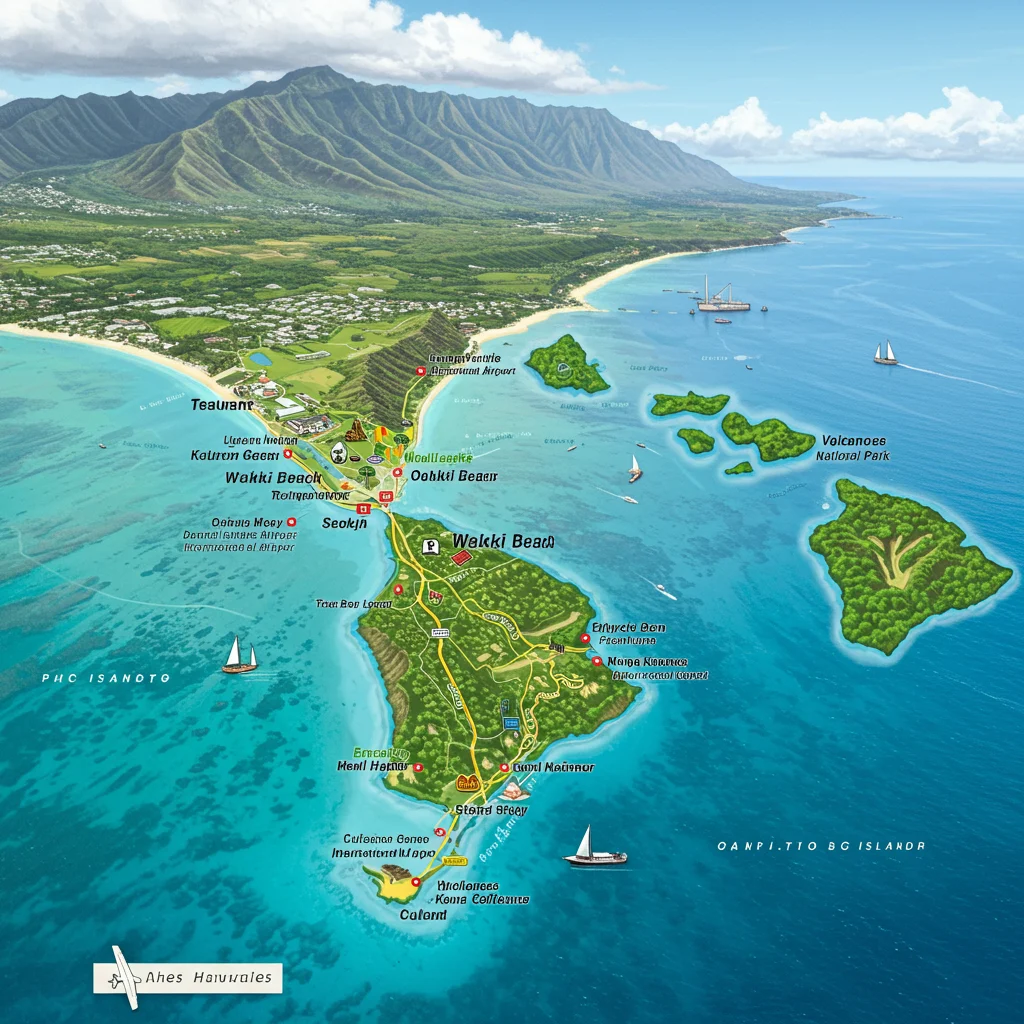
How Do You Get from Oahu to the Big Island?
Travel between Oahu and the Big Island is straightforward thanks to frequent inter-island flights. While there is no direct land or sea route, flying is fast and efficient, with several daily departures from Honolulu to both Hilo and Kona airports.
Flight Options Between Oahu and Big Island
Major airlines such as Hawaiian Airlines, Southwest, and Mokulele offer multiple flights each day. Flights typically take 45 minutes to an hour. Choosing between Hilo (closer to the park) and Kona (further but with more amenities) will depend on your itinerary and lodging preferences.
Inter-Island Ferry: Is It Available?
Currently, there is no passenger ferry service between Oahu and the Big Island. All travelers must fly. This makes it important to book flights well in advance, especially during peak seasons.
Travel Tips for Booking Inter-Island Flights
To secure the best fares, book early and remain flexible with your travel times. Consider flying into Hilo for quicker access to the park. If you plan to visit other Big Island attractions, Kona may be a better gateway. For those interested in scenic aerial perspectives, we share more insights in our post about helicopter views and volcano excursions from Hilo.
When Is the Best Time to Visit Hawaii Volcanoes National Park?
The park is open year-round, but some seasons offer more favorable conditions than others. Understanding the climate and annual events can help you pick the perfect window for your trip.
Weather and Climate Considerations
Expect cooler temperatures at higher elevations and frequent rain showers, especially on the windward side of the island. Daytime temperatures typically range from the mid-60s to low 80s Fahrenheit. Bring layers, as weather can shift rapidly inside the park.
Seasonal Events and Activities
Special events, ranger talks, and cultural festivals often coincide with holidays and summer months. Winter offers fewer crowds and lush landscapes, while summer brings longer daylight hours for exploring.
How Many Days Should You Spend at the Park?
While it’s possible to see highlights in a single day, we recommend spending at least two days to fully appreciate the park’s diversity. This allows time for both daylight hikes and nighttime lava viewing, as well as a more relaxed pace for enjoying visitor centers and scenic drives.
Where Should You Stay Near Hawaii Volcanoes National Park?
Accommodation options near Hawaii Volcanoes National Park cater to a range of budgets and preferences. From comfortable hotels to rustic campsites, there is something for everyone. Proximity to the park is key if you want to maximize your time exploring.

Top Hotels and Resorts
Several hotels and resorts are located in Volcano Village, just minutes from the park entrance. These offer amenities like on-site dining, warm fireplaces, and lush gardens. Staying here provides easy access to early morning hikes and late-night lava viewing.
Best Vacation Rentals and Unique Stays
Vacation rentals, including cozy cottages and eco-lodges, are plentiful in the area. For a more immersive experience, consider unique stays like treehouses or rainforest cabins. Many rentals come with private lanais where you can enjoy the cool mountain air and sounds of the forest.
Camping and RV Options
The park features two drive-in campgrounds: Nāmakanipaio and Kulanaokuaiki. Both offer basic facilities and a chance to sleep under the stars. RV travelers will find limited options, so reserve your spot early if you plan to camp.
How to Choose the Best Accommodation for Your Trip?
Consider your budget, desired amenities, and how much time you want to spend driving. Staying closer to the park entrance saves time and energy, especially for early risers or those seeking stargazing opportunities. For families or groups, vacation rentals often provide more space and flexibility.
How Do You Get Around the Big Island and the Park?
The Big Island is expansive, and public transportation is limited. Planning your transportation in advance will make your visit smoother and more enjoyable. Each option offers distinct advantages depending on your itinerary.

Should You Rent a Car on the Big Island?
Renting a car is highly recommended for flexibility and convenience. The park is spread out, and many trailheads and scenic points are only accessible by vehicle. Rental agencies operate at both Hilo and Kona airports.
Public Transportation and Shuttle Services
While public buses reach some parts of the island, they do not provide direct service to all park attractions. Limited shuttles operate seasonally within the park, but schedules can be infrequent. If you prefer not to drive, consider joining a guided tour for hassle-free transportation.
Biking and Walking in the Park
Once inside the park, biking is a scenic and eco-friendly way to explore. Several trails and roads are bike-friendly, offering close-up views of volcanic features. Walking remains the best way to appreciate the subtle details of the landscape, from the crunch of lava rock underfoot to the cool mist rising from steam vents.
What Should You Know About Park Entrance: Fees, Hours, and Permits?
Understanding park logistics helps you avoid surprises. Entrance fees, operating hours, and permits for special activities are important details to review before your visit.
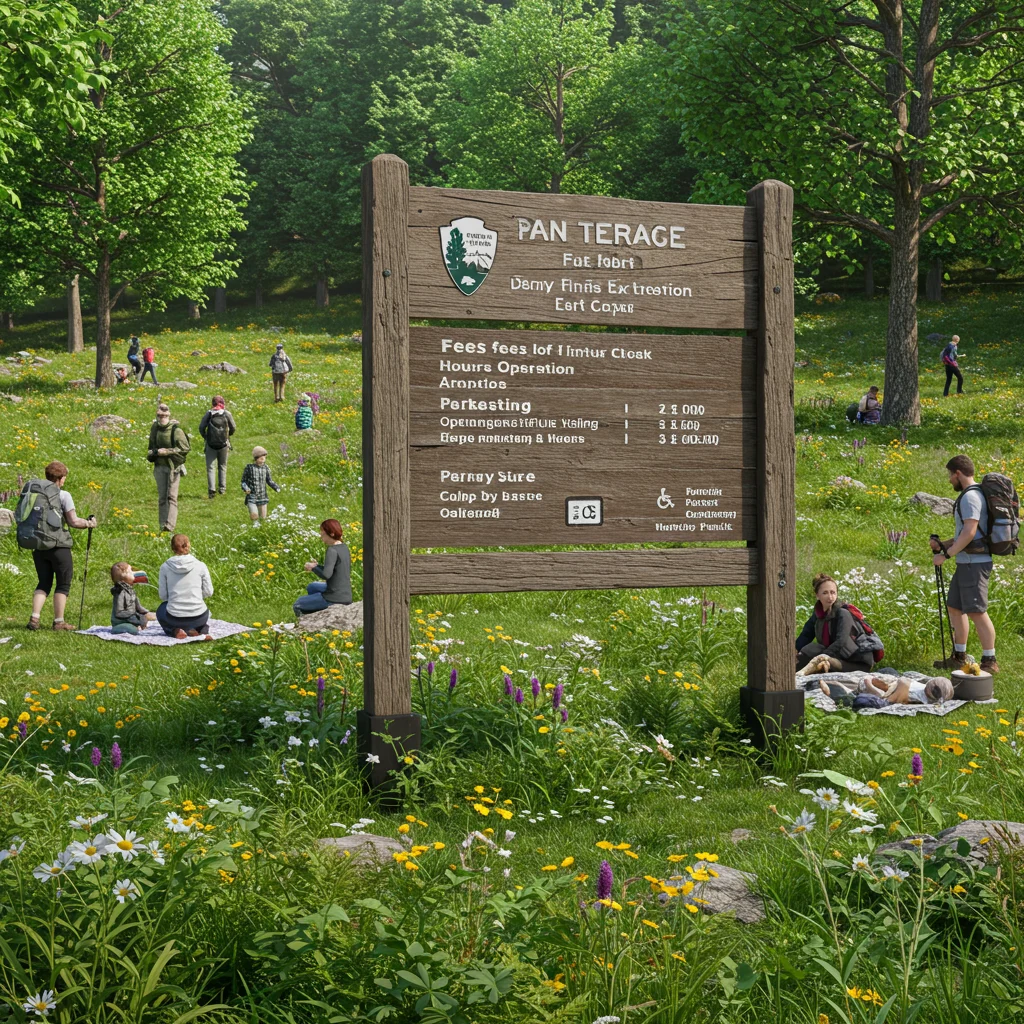
How Much Does It Cost to Enter Hawaii Volcanoes National Park?
As of this writing, entrance fees are $30 per private vehicle, $25 per motorcycle, and $15 per individual (on foot or bicycle). The pass is valid for seven consecutive days. Fees help maintain park facilities and support conservation efforts.
Annual Passes and Discounts
Frequent visitors or those planning to visit multiple national parks may benefit from the America the Beautiful annual pass. Discounts are available for seniors, military, and fourth-grade students.
Park Hours and Seasonal Closures
The park is open 24 hours a day, year-round. However, some facilities and roads may close temporarily due to volcanic activity or maintenance. Always check the park’s official website for up-to-date information before arrival.
Do You Need Permits for Special Activities?
Permits are required for backcountry camping, large group gatherings, and certain research or photography projects. Day hikers and general visitors do not need special permits for most activities.
What Are the Top Things to Do in Hawaii Volcanoes National Park?
From volcano viewing to scenic drives, Hawaii Volcanoes National Park offers a wealth of unforgettable experiences. Prioritize your must-see sights to make the most of your time.
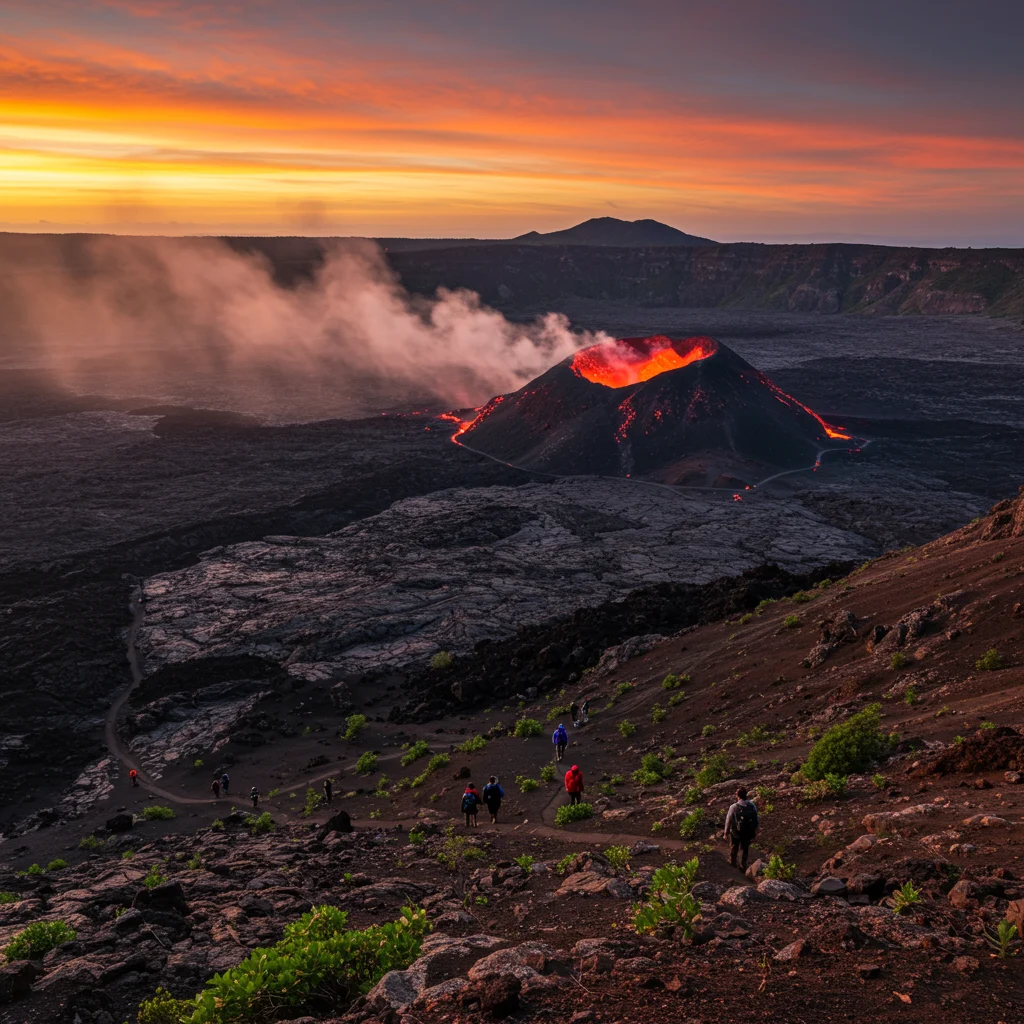
Must-See Sights: Kīlauea and Mauna Loa
Kīlauea is the park’s most accessible and active volcano, featuring a constantly evolving landscape. Mauna Loa, the world’s largest volcano by volume, offers challenging hikes and sweeping vistas. Both sites are steeped in legend and natural drama.
Halemaʻumaʻu Crater: What to Expect
This iconic crater, home to Pele—the Hawaiian volcano goddess—is often the center of volcanic activity. Expect to see steam plumes, glowing lava (when active), and a surreal moonscape that changes with each eruption cycle. Viewing platforms provide safe, panoramic vantage points.
Chain of Craters Road: Scenic Drive Highlights
This 19-mile drive descends from the summit to the coast, passing ancient lava flows, petroglyph fields, and dramatic cliffs. Along the way, you’ll encounter sweeping ocean views and the salty tang of sea air mixing with volcanic steam.
Which Are the Best Hiking Trails in Hawaii Volcanoes National Park?
The park contains a variety of trails, from easy walks to challenging treks across rugged lava fields. Each trail offers a unique perspective on the park’s volcanic features and natural beauty.
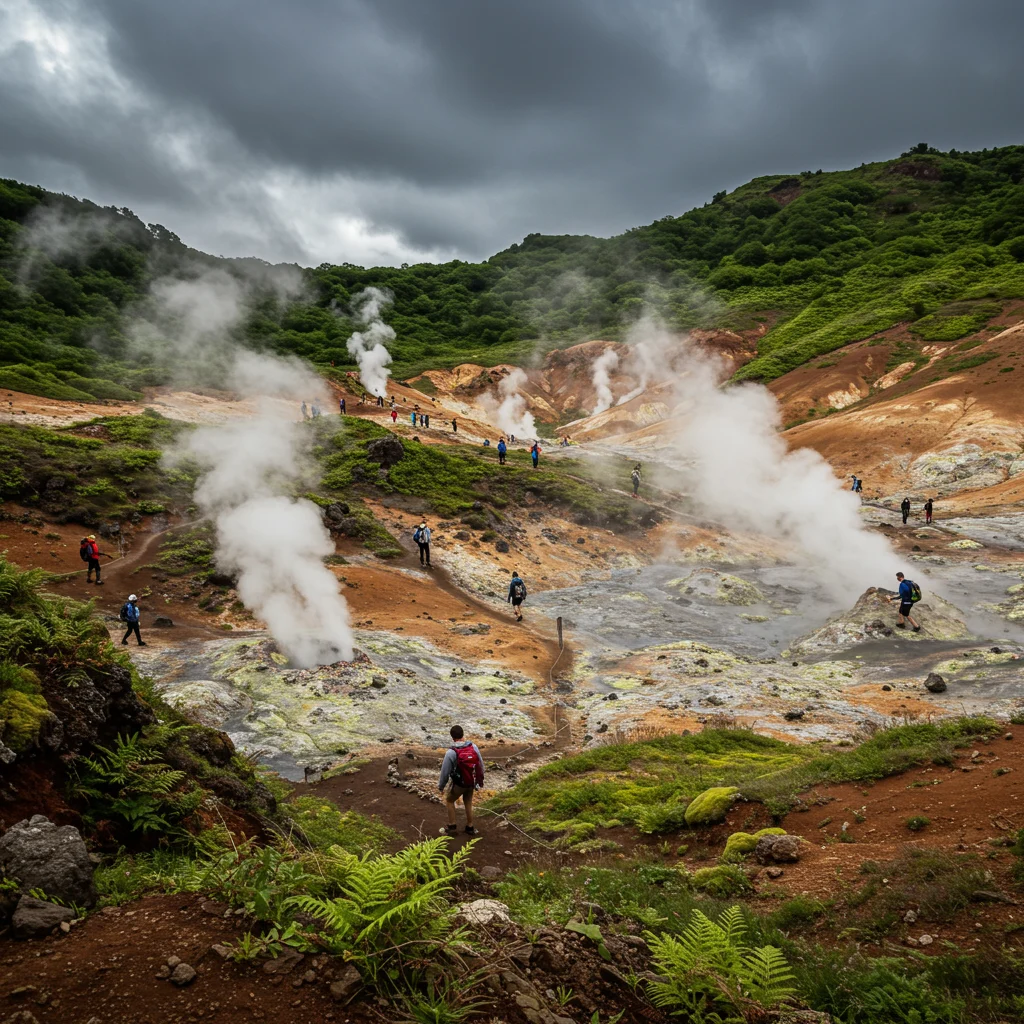
Which Trails Offer the Best Volcano Views?
Several trails provide exceptional views of craters, lava lakes, and steam vents. Choosing the right trail depends on your fitness level and interests.
Kīlauea Iki Trail Guide
This four-mile loop descends through rainforest and across a cooled lava lake. The contrast between lush ferns and the stark, black expanse of the crater floor is unforgettable. Expect misty air, echoing footsteps, and the soft crunch of lava rock underfoot.
Devastation Trail: What Will You See?
This short, paved trail winds through a landscape transformed by a 1959 eruption. Charred tree trunks, cinder fields, and resilient new growth tell the story of nature’s recovery.
Crater Rim Trail Overview
The Crater Rim Trail offers flexible options for short walks or longer hikes. Panoramic views, steam vents, and interpretive signs make this a favorite for families and first-time visitors.
Puʻu Huluhulu Trail and Mauna Ulu
This moderate hike leads to a forested cinder cone with impressive views of Mauna Ulu’s lava flows. On clear days, you’ll see sweeping vistas of the surrounding volcanic landscape.
Tips for Safe and Enjoyable Hiking
Always carry sufficient water, wear sturdy footwear, and check trail conditions before setting out. Weather can shift quickly, and some trails cross uneven or slippery surfaces. Staying alert and prepared enhances both safety and enjoyment.
For those interested in pairing their hikes with other adventures, our detailed post on Hilo shore excursions and Rainbow Falls offers additional inspiration.
Lava Viewing: Where and When Can You See Lava?
Witnessing molten lava is a highlight for many visitors, but opportunities depend on current volcanic activity. Knowing where and when to look increases your chances of seeing this unforgettable sight.
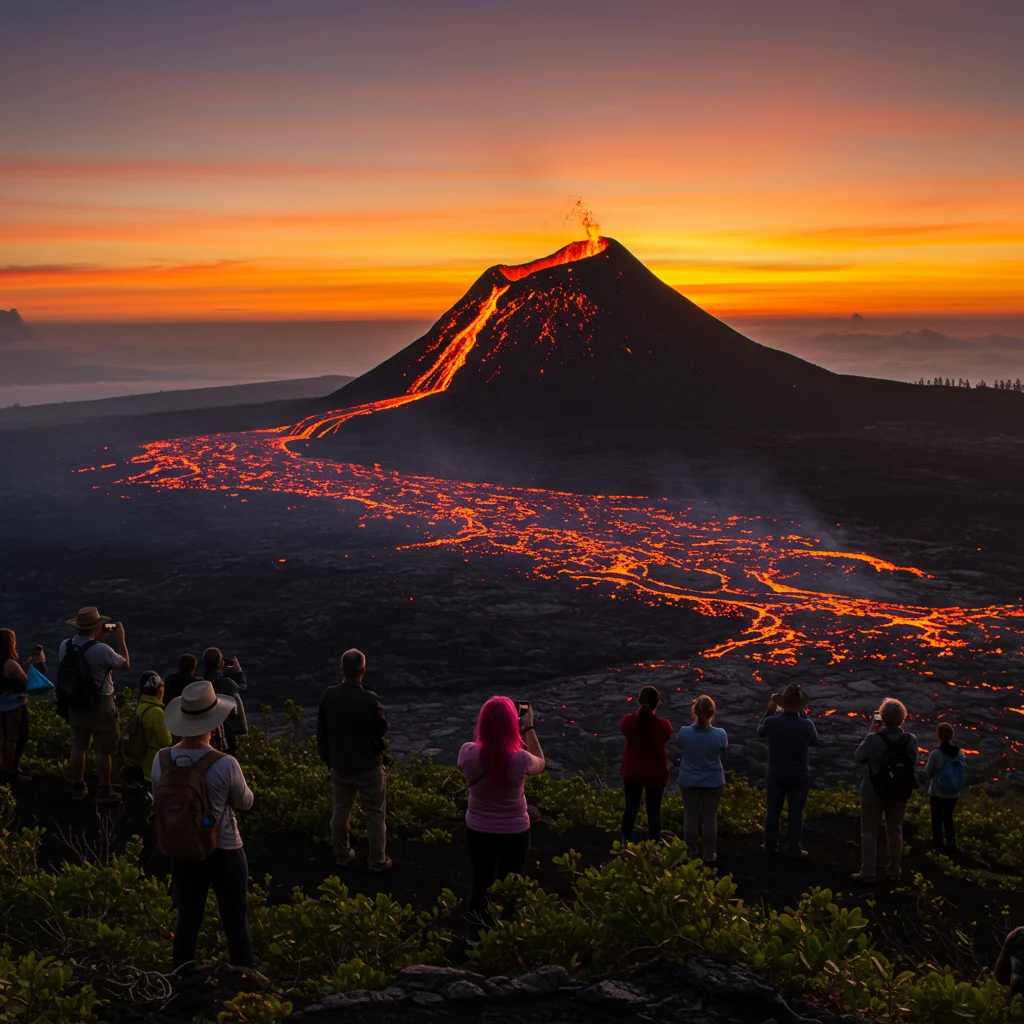
Is Lava Flowing Right Now? How to Check Updates
Volcanic activity can change rapidly. The National Park Service and the US Geological Survey provide real-time updates on eruptions and lava flows. Check their websites or visit the Kīlauea Visitor Center for the latest information.
Best Spots for Lava Viewing
Popular viewing locations include the Kīlauea Overlook, areas along Crater Rim Drive, and—when accessible—the end of Chain of Craters Road. Rangers can direct you to the safest and most active spots.
Safety Precautions When Viewing Lava
Maintain a safe distance from lava flows, obey all posted signs, and never venture onto closed trails. Volcanic gases, unstable ground, and sudden changes in flow direction pose real dangers. Bring a flashlight for evening viewing and remain vigilant at all times.
As experts often say:
“The mountain is alive, and visitors should always respect its power and unpredictability.”
Should You Book a Guided Tour in Hawaii Volcanoes National Park?
Guided tours offer in-depth knowledge, safe access to highlights, and the chance to ask questions of local experts. Whether you prefer group experiences, private guides, or self-guided adventures, there are options to suit every style of travel.
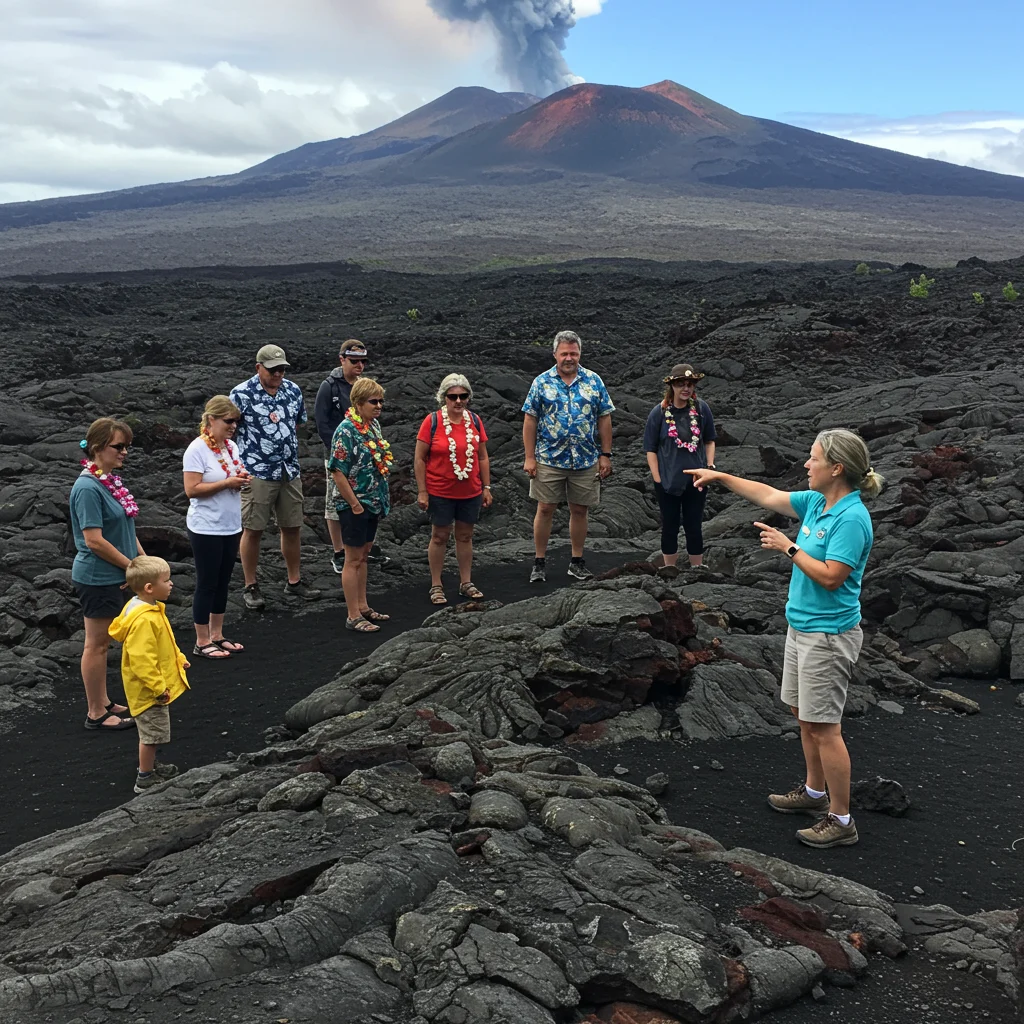
Types of Guided Tours Available
Options include day tours from Hilo or Kona, volcano and stargazing packages, and specialty hikes focusing on geology or culture. Many tours arrange transportation, which is helpful if you prefer not to rent a car.
What to Expect from a Ranger-Led Program?
Ranger-led walks and talks provide firsthand insights into the park’s geology, history, and ecosystems. These programs are informative, interactive, and included with your entrance fee.
Private Tours vs. Group Tours
Private tours offer personalized attention and flexible pacing, ideal for families or those with specific interests. Group tours are more affordable and provide a social atmosphere—perfect for solo travelers or those new to the island.
Self-Guided Exploration Tips
If you prefer to explore independently, pick up a park map at the visitor center and plan your route in advance. Audio guides and mobile apps can supplement your experience with fascinating stories and facts.
For a look at how to combine aerial views with guided excursions, see our article on exploring Oahu’s beauty from above.
What Facilities and Visitor Centers Are Available in the Park?
Visitor centers and amenities ensure a comfortable and educational experience at Hawaii Volcanoes National Park. Knowing where to find services helps you plan your day efficiently.

Kīlauea Visitor Center: Services and Exhibits
Located near the park entrance, the Kīlauea Visitor Center offers maps, educational exhibits, ranger advice, a bookstore, and restrooms. Stop here first to check on lava updates, trail conditions, and event schedules.
Jaggar Museum: Is It Open?
As of now, the Jaggar Museum remains closed due to damage from recent volcanic activity. Many of its exhibits have been relocated to the visitor center, and the overlook remains a popular spot for crater views.
Restrooms, Food, and Other Amenities
Restrooms are available at major trailheads, visitor centers, and picnic areas. Dining options inside the park are limited, so plan to bring snacks or eat at nearby Volcano Village restaurants.
Is Hawaii Volcanoes National Park Accessible?
The park strives to accommodate all visitors, offering accessible trails, services, and facilities. Planning ahead ensures a smooth visit for those with mobility needs.

Wheelchair-Accessible Trails and Facilities
Several trails, including the Devastation Trail and parts of the Crater Rim Trail, are paved and suitable for wheelchairs and strollers. Visitor centers and restrooms are ADA-compliant.
Accessible Parking and Transportation
Designated parking spaces for visitors with disabilities are available at major sites. If you need additional assistance, contact the park in advance to arrange for accessible transportation or equipment.
What Should You Pack for Your Volcano Adventure?
Packing the right gear makes your visit more comfortable and safe. The park’s high elevation and unpredictable weather demand thoughtful preparation.
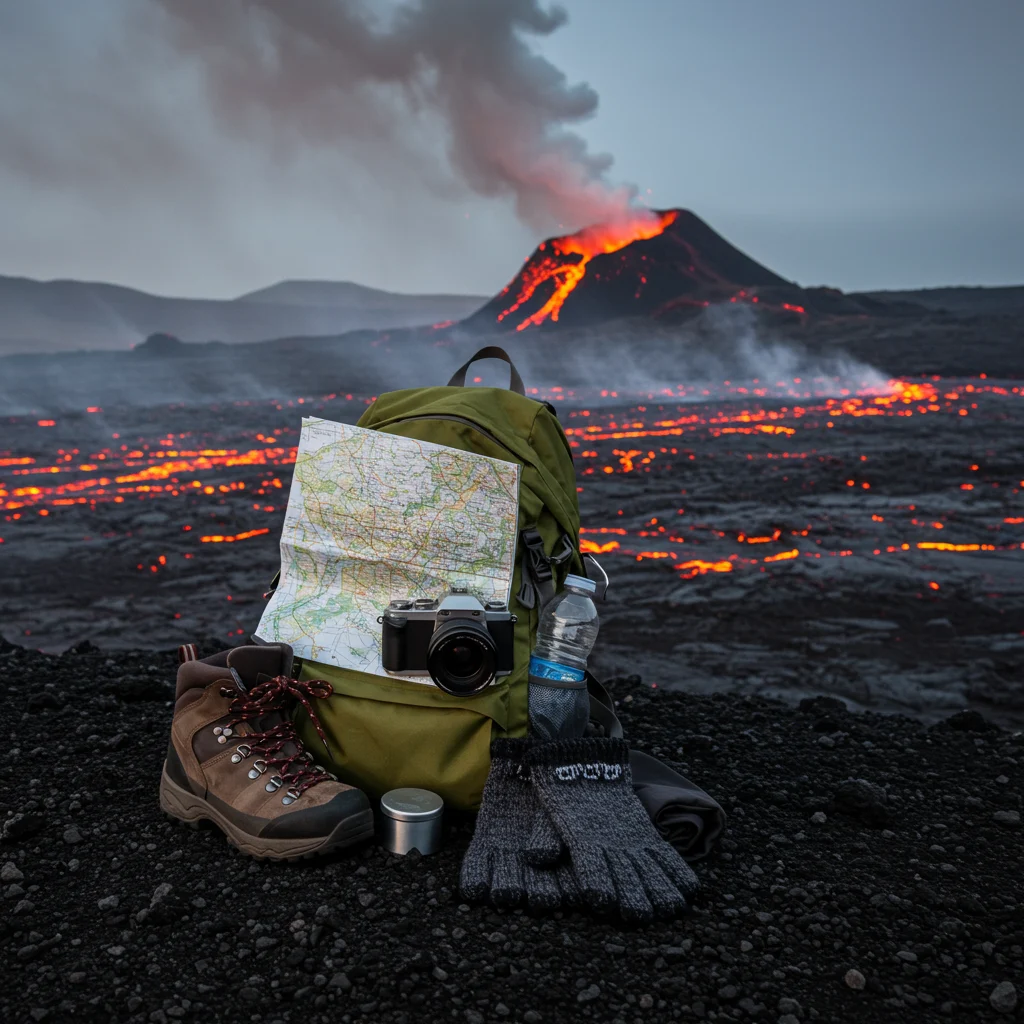
Clothing and Footwear Recommendations
Wear sturdy, closed-toe shoes for hiking on rocky terrain. Dress in layers to accommodate temperature changes, and pack a lightweight rain jacket. Sun protection—hat, sunglasses, and sunscreen—is essential year-round.
Essential Gear and Supplies
- Reusable water bottles (fill up at visitor centers)
- High-energy snacks
- Flashlight or headlamp for evening excursions
- Map or GPS-enabled device
- Basic first-aid kit
What Food and Water Should You Bring?
Food options inside the park are limited, so bring your own meals or picnic supplies. Carry enough water for the duration of your hike—at least two liters per person, more for longer trails.
What Are the Most Important Safety Tips for Visiting Active Volcanoes?
Active volcanoes are fascinating but require respect and caution. Familiarize yourself with park safety guidelines before you head out.
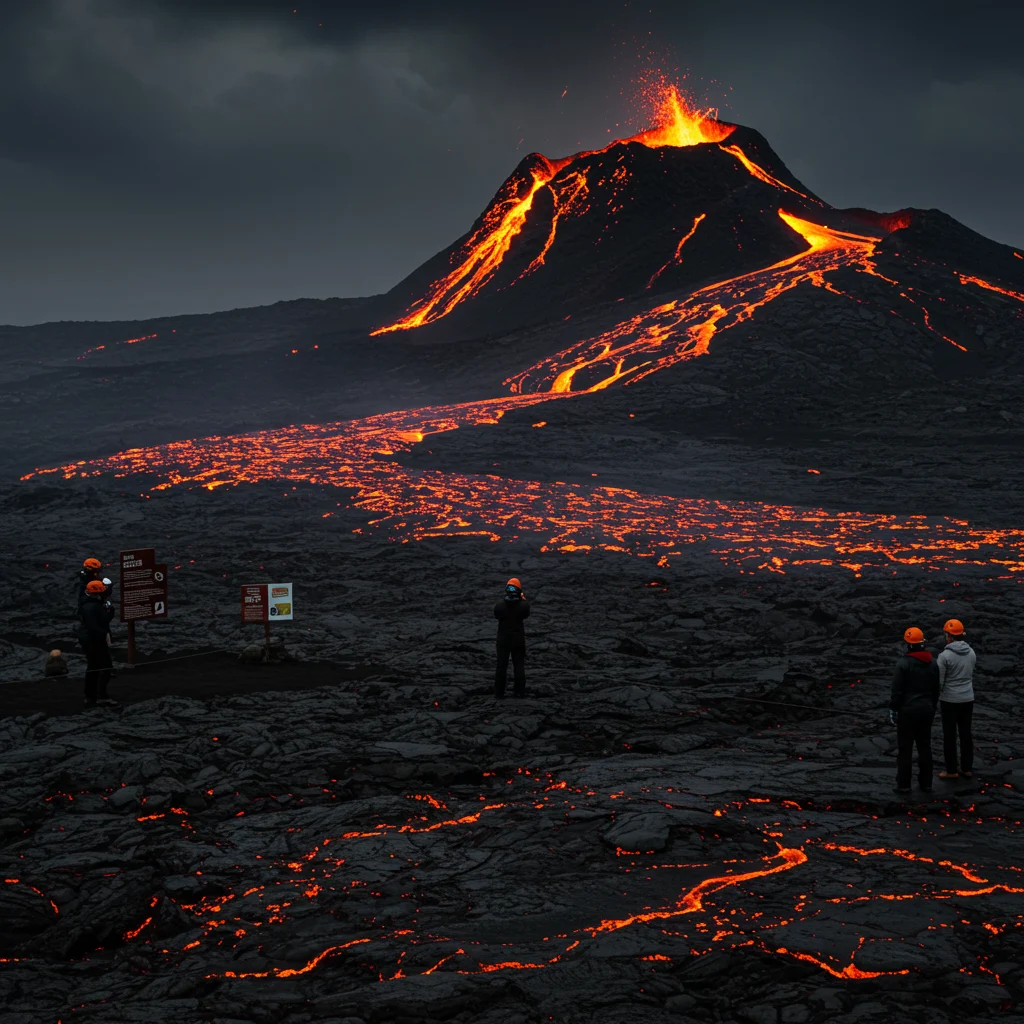
Air Quality and Volcanic Hazards
Volcanic gases can affect air quality, especially near active vents. Sensitive individuals should monitor conditions and avoid affected areas during high emissions.
What to Do in Case of an Eruption?
Follow ranger instructions and posted alerts. Evacuate immediately if directed to do so. Familiarize yourself with emergency exits and assembly points upon arrival.
Staying on Marked Trails
Always remain on designated paths. Unstable ground, hidden cracks, and hazardous gases can pose serious risks off-trail. Respect barriers and warning signs at all times.
What Are the Cultural and Historical Highlights of the Park?
Hawaii Volcanoes National Park is a place of deep cultural significance. Its landscapes are woven with legends and protected sites, providing a window into ancient Hawaiian life.
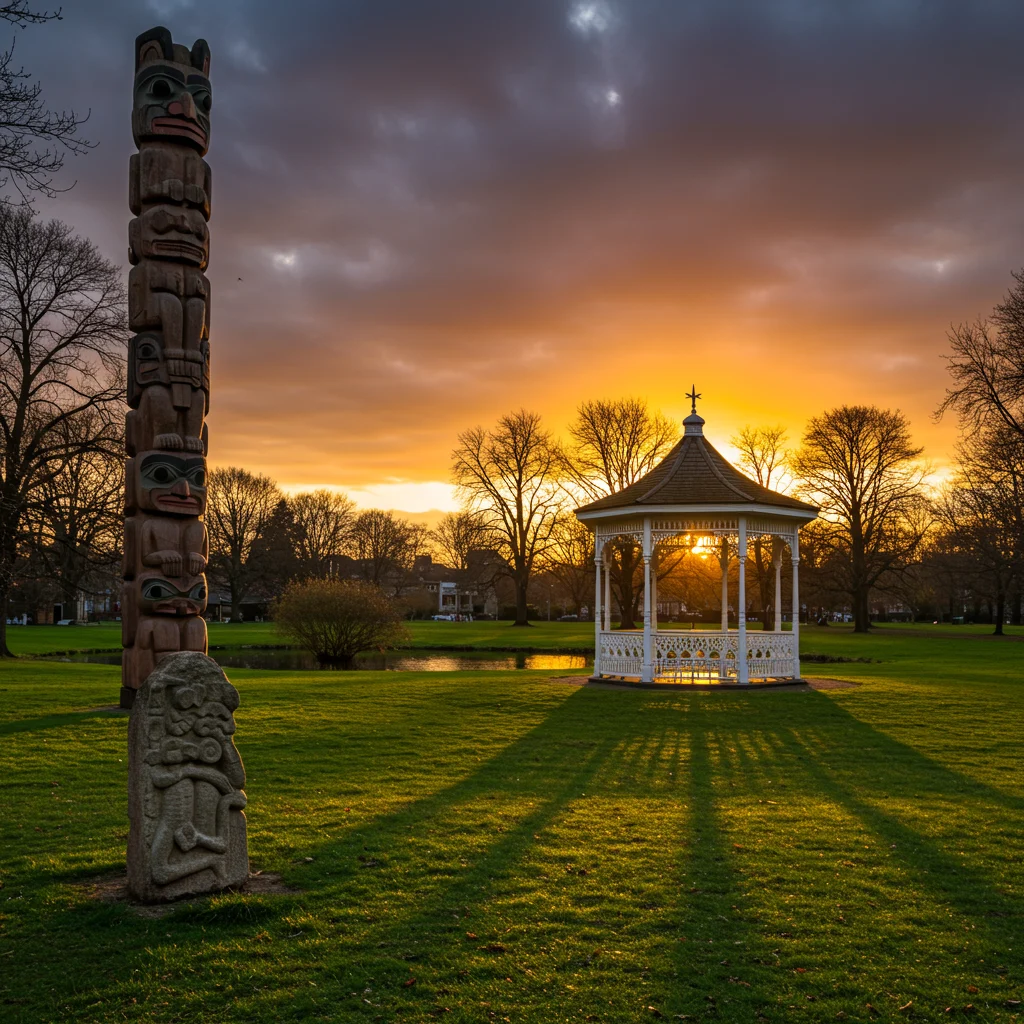
Sacred Sites and Hawaiian Legends
Many areas within the park are considered sacred to Native Hawaiians. Sites such as Halemaʻumaʻu Crater are linked to the goddess Pele and feature prominently in local mythology.
Historic Landmarks and Structures
Historic buildings, petroglyph fields, and early park infrastructure tell the story of human interaction with the volcanoes. Interpretive signs and exhibits share details about early scientists, explorers, and local residents.
Respecting Local Culture and Environment
Show respect by not disturbing cultural sites, removing rocks or artifacts, or leaving litter. Learn about local customs and ask permission before photographing people or ceremonies.
For those interested in combining cultural insights with scenic adventures, our guide to Oahu’s Waimea Falls and island tours offers additional context.
What Family-Friendly Activities Are Offered at Hawaii Volcanoes National Park?
The park welcomes visitors of all ages with educational programs and easy activities designed for families. Kids can learn, explore, and earn special recognition for their efforts.

Junior Ranger Program for Kids
Children ages 7–12 can participate in the Junior Ranger program by completing activity booklets and attending ranger talks. Upon completion, they receive a badge and certificate.
Easy Walks and Educational Exhibits
Short, paved trails and interactive exhibits at visitor centers make learning fun and accessible for younger visitors. Look for displays featuring native plants, wildlife, and volcanic processes.
Picnic Areas and Rest Stops
Designated picnic areas offer a place to relax, recharge, and enjoy the sights and sounds of the forest. Restrooms and water stations are available at most major stops.
What Are the Best Photography Tips for Capturing the Park’s Beauty?
From glowing craters to lush rainforests, the park offers endless opportunities for memorable photos. A little planning goes a long way toward capturing the perfect shot.

Best Times and Locations for Photos
Dawn and dusk provide dramatic lighting for crater and lava shots. Popular locations include Kīlauea Overlook, Chain of Craters Road, and the forested sections of Kīlauea Iki Trail.
How to Photograph Lava Safely
Use a tripod for nighttime exposures and maintain a safe distance from lava flows. Protect your gear from heat and volcanic ash. Always prioritize safety over getting the perfect shot.
Drone Use: Rules and Restrictions
Drones are not permitted within national park boundaries. Respect these rules to protect wildlife and preserve the visitor experience for everyone.
Which Nearby Attractions Should You Combine with Your Park Visit?
The Big Island offers a wealth of attractions near the park. Consider extending your stay to experience more of the island’s natural and cultural treasures.

Punaluʻu Black Sand Beach
This striking beach, formed from volcanic lava, is famous for its jet-black sand and frequent sightings of endangered green sea turtles. The sound of waves against the unique shoreline creates a meditative atmosphere.
Kaumana Caves and Hilo Highlights
Explore ancient lava tubes at Kaumana Caves or stroll through Hilo’s vibrant markets and gardens. For more tips on making the most of your Hilo visit, see our guide to Hilo volcano excursions and helicopter tours.
Puna District and Hot Springs
The Puna District features lush rainforests, geothermal hot springs, and dramatic coastal cliffs. Many visitors enjoy soaking in the warm pools or hiking through fragrant groves of native trees.
Where Can You Eat Near Hawaii Volcanoes National Park?
Dining options near the park range from casual cafes to full-service restaurants. Planning ahead ensures you enjoy local flavors and stay fueled for adventure.
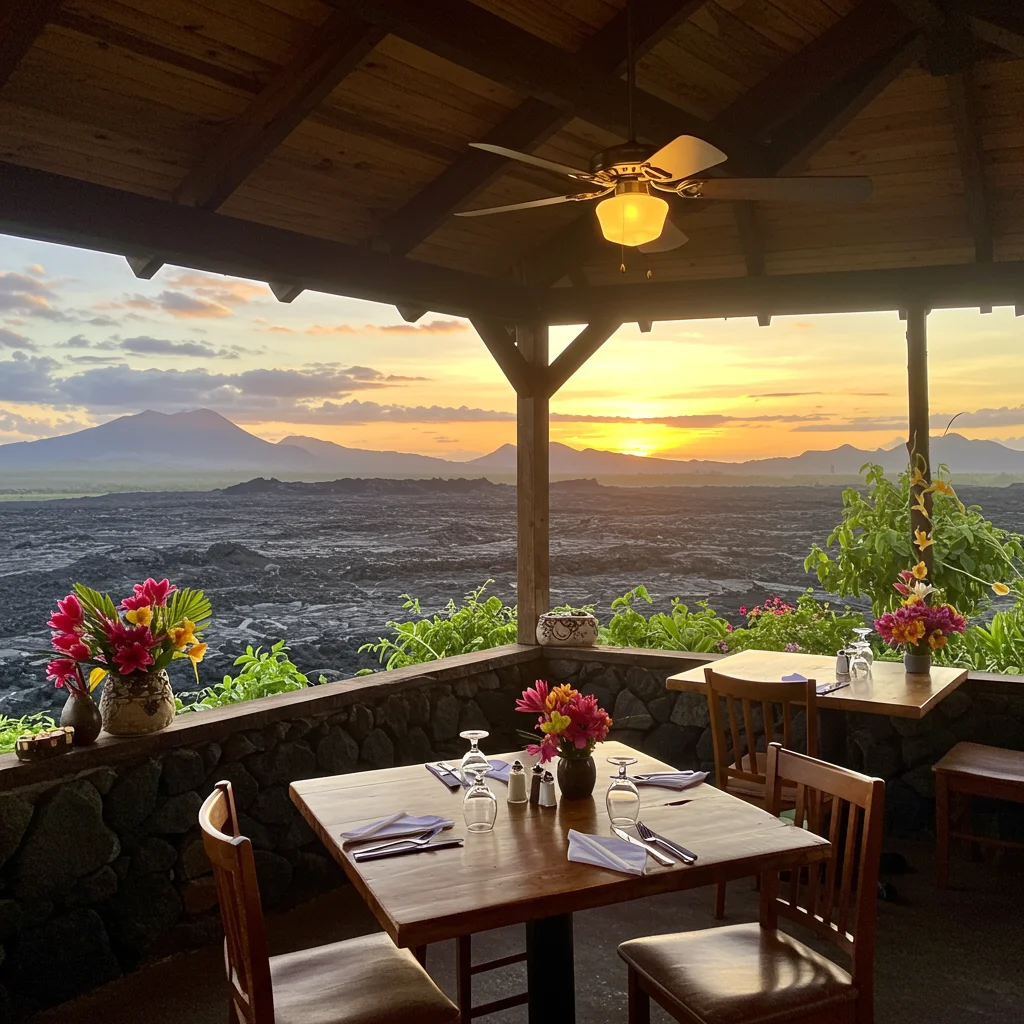
Best Local Restaurants and Cafes
Volcano Village offers several popular eateries serving Hawaiian classics, fresh seafood, and international cuisine. Don’t miss the chance to sample local coffee and pastries.
Grocery Stores and Takeout Options
Stock up on supplies at local markets or order takeout for a picnic in the park. Options are more limited after dark, so plan accordingly if you’ll be out late viewing lava or stargazing.
How Can You Travel Sustainably and Responsibly?
Sustainable travel helps preserve Hawaii’s fragile ecosystems and support local communities. Small choices make a big difference for future generations of visitors.

Leave No Trace Principles
Pack out everything you bring in, stay on marked trails, and never disturb wildlife or vegetation. Dispose of waste properly and minimize your impact wherever possible.
Supporting Local Businesses and Communities
Choose locally owned accommodations, restaurants, and tour operators. Your support helps sustain island economies and fosters authentic cultural exchange.
Frequently Asked Questions About Visiting from Oahu
Planning a trip from Oahu to Hawaii Volcanoes National Park often raises practical questions. Here are answers to some of the most common inquiries.
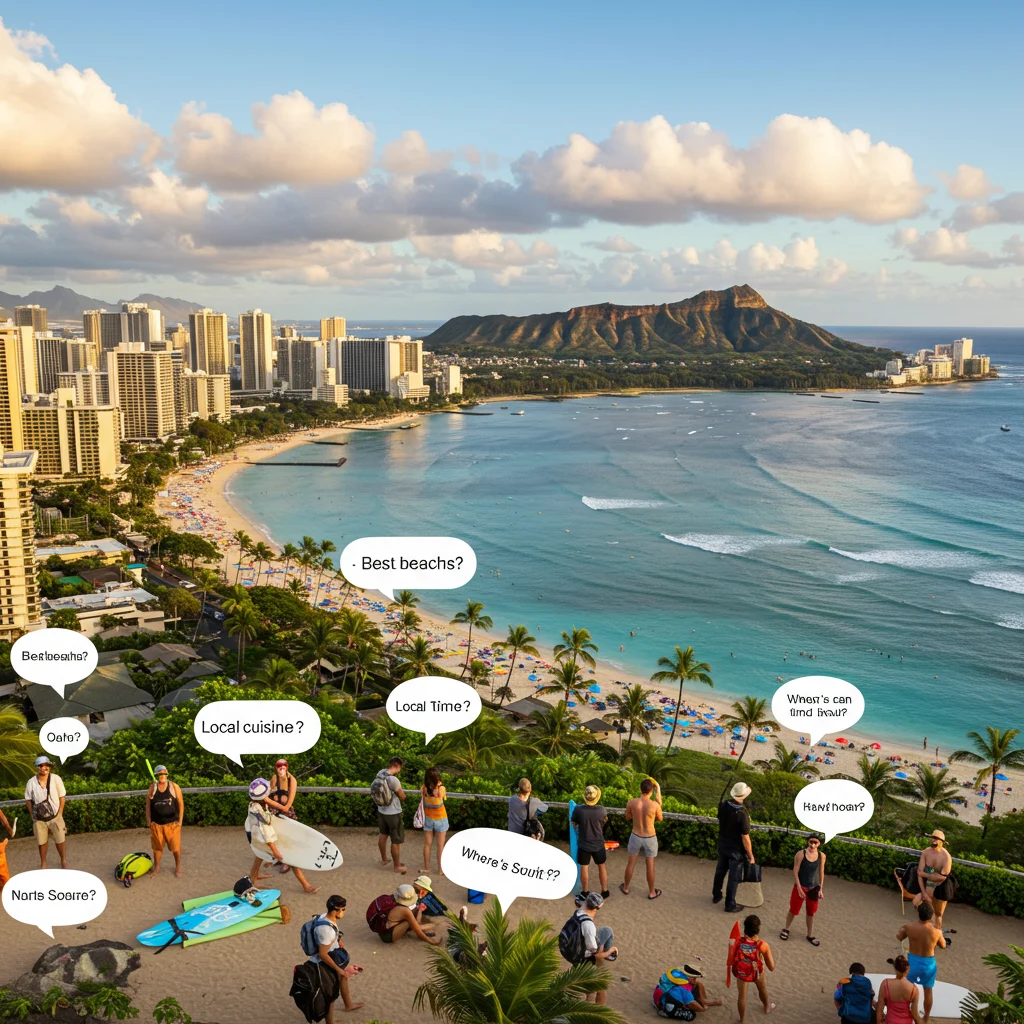
Can You Visit Hawaii Volcanoes National Park in a Day Trip from Oahu?
While it is technically possible to fly in and out on the same day, we do not recommend it. The park deserves more time, and travel logistics can be tiring. Instead, consider spending at least one night on the Big Island for a more rewarding experience.
What Are the COVID-19 Guidelines for Travelers?
Guidelines change frequently, so check official state and park websites before departure. Be prepared to show proof of vaccination or negative tests if required, and respect all mask and distancing policies in place during your visit.
What Tips Make for a Memorable and Safe Volcano Adventure?
Preparation, flexibility, and respect for the land are key. Bring the right gear, heed ranger advice, and stay informed about current volcanic activity. Take time to engage with local culture and savor the unique sights and sounds of the Big Island.
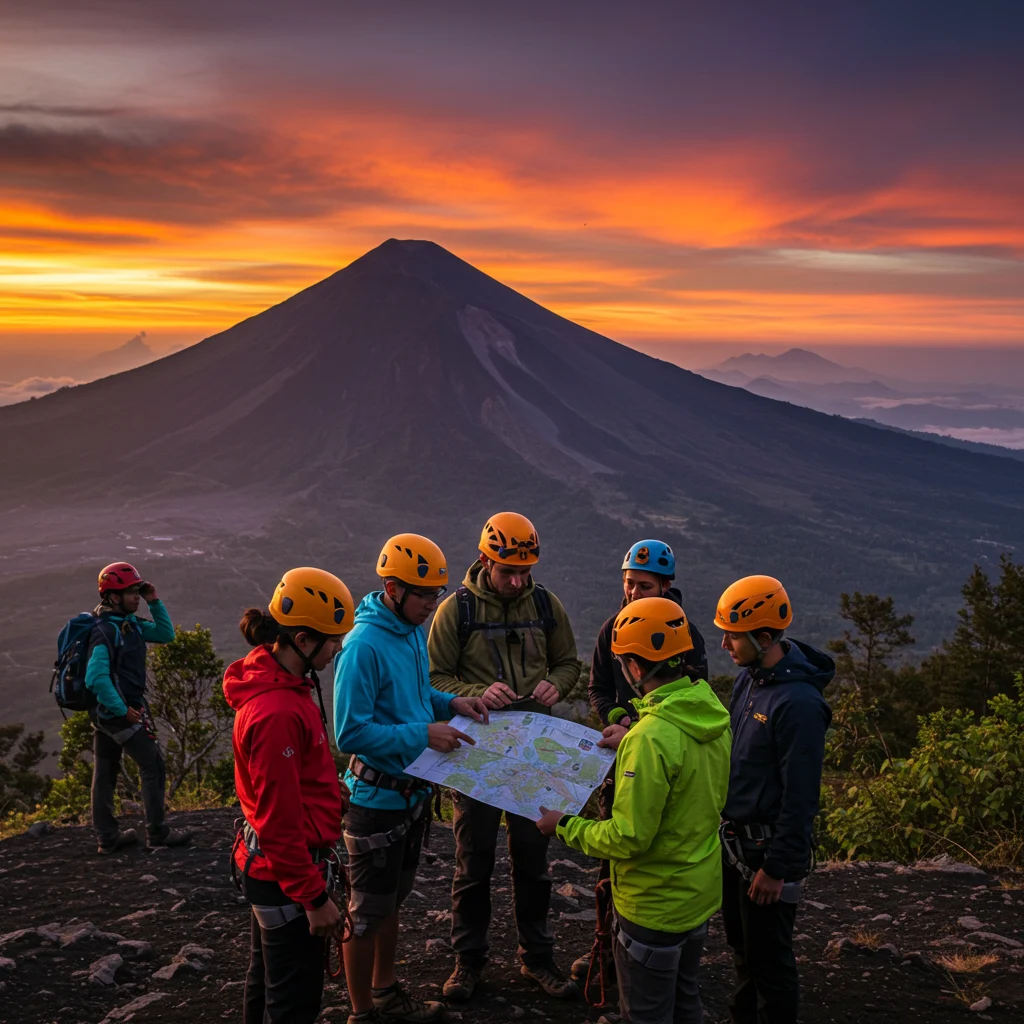
For those interested in combining a volcano adventure with other scenic experiences, our article on Big Island waterfalls and history is a helpful resource.
How to Book on Viator
Planning your trip is easier with trusted booking platforms. Viator offers a wide range of tours, activities, and experiences for every interest and budget. Whether you want to book activities, arrange transportation, or find tours with expert guides, their user-friendly platform streamlines the process.

Many travelers appreciate the peace of mind that comes with reading reviews and securing spots in advance. For up-to-date availability and detailed itineraries, plan your trip with Viator before you go.
Final Thoughts: How Can You Make the Most of Your Oahu to Big Island Journey?
Visiting Hawaii Volcanoes National Park from Oahu is a journey that expands your perspective and deepens your connection to the Hawaiian Islands. The power of active volcanoes, the serenity of rainforest trails, and the warmth of local hospitality combine for an experience you will never forget.
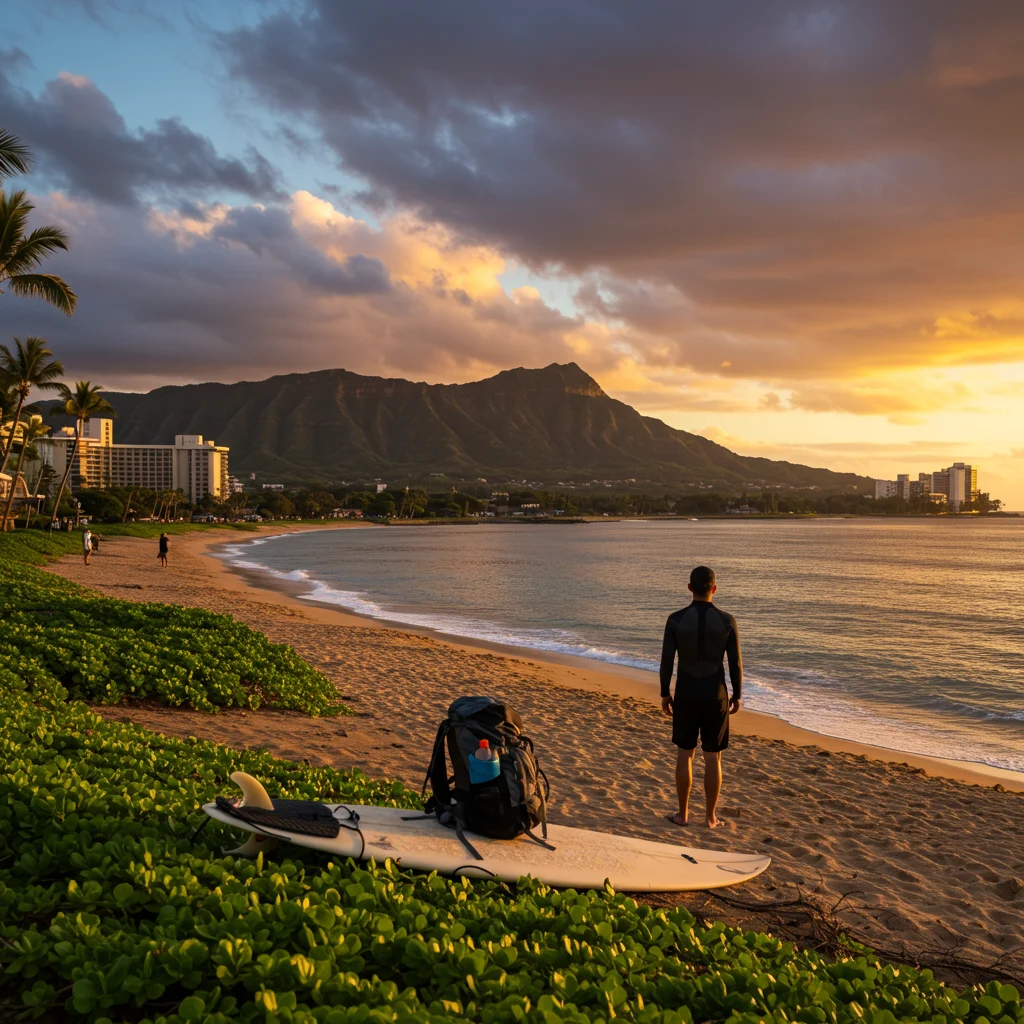
At Izase, we believe in making every adventure safe, memorable, and meaningful. With thoughtful planning, a spirit of curiosity, and respect for the land, your Big Island adventure will be one for the ages. For more inspiration and travel tips, visit Izase today.
Disclaimer: This information is accurate to the best of our knowledge; however, there may be changes or mistakes. Please verify exact details on the Viator booking page.

